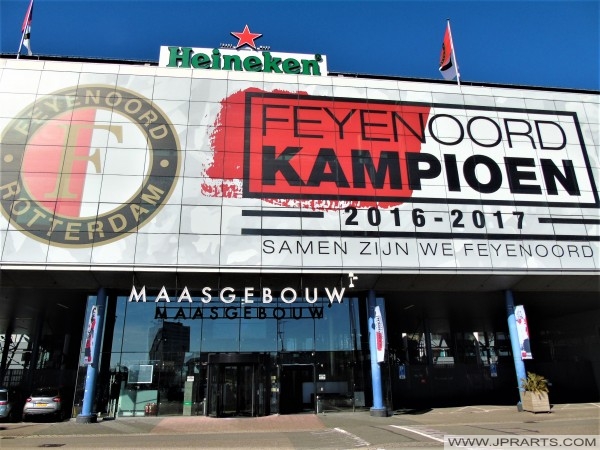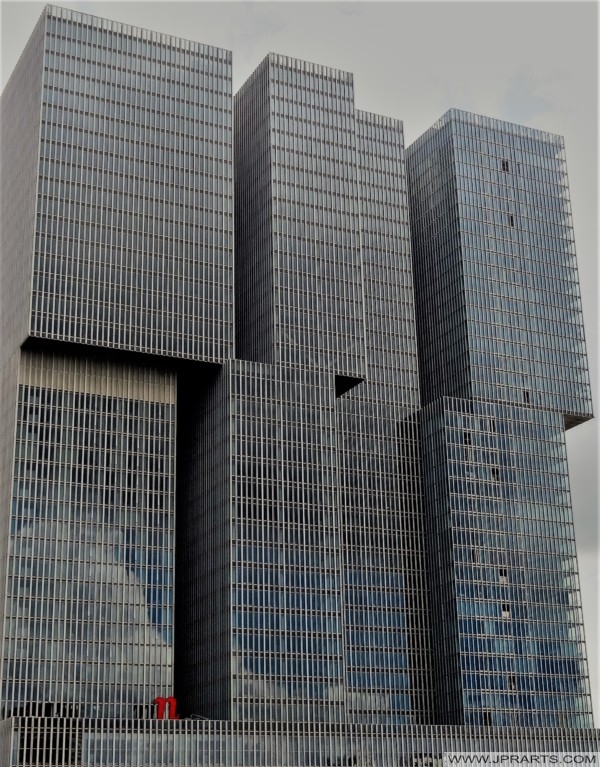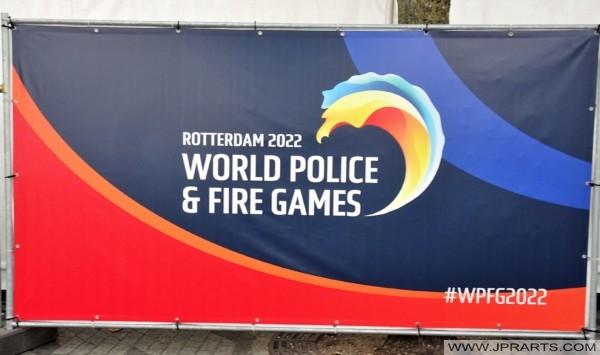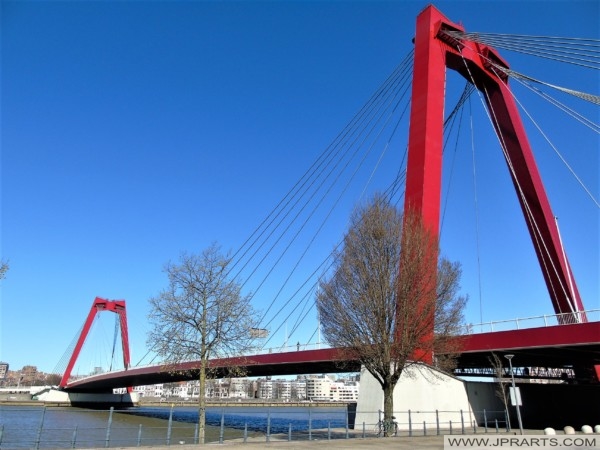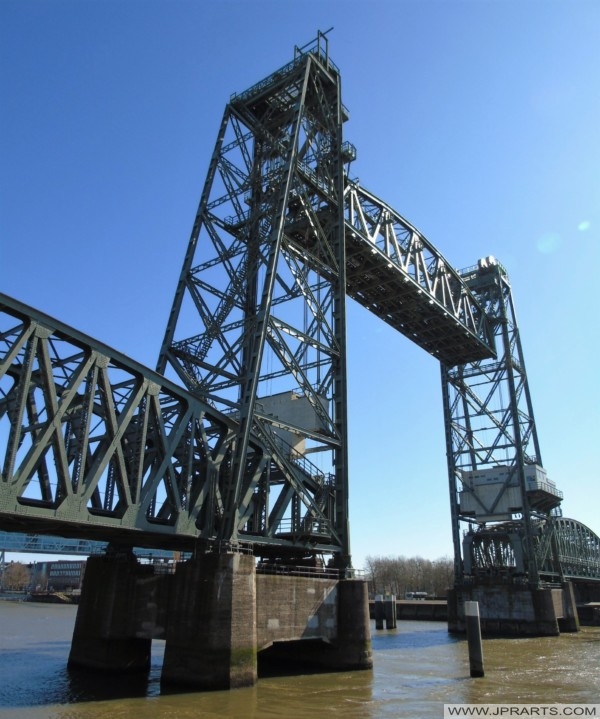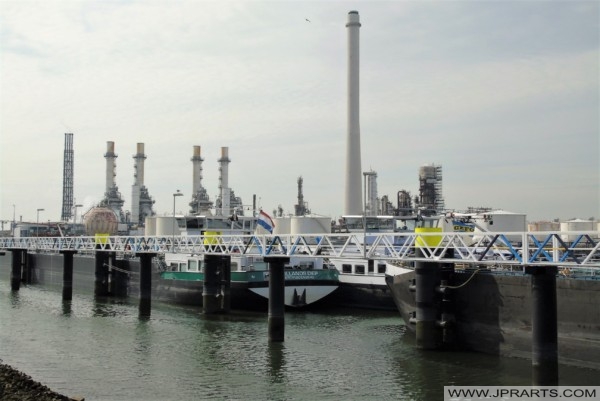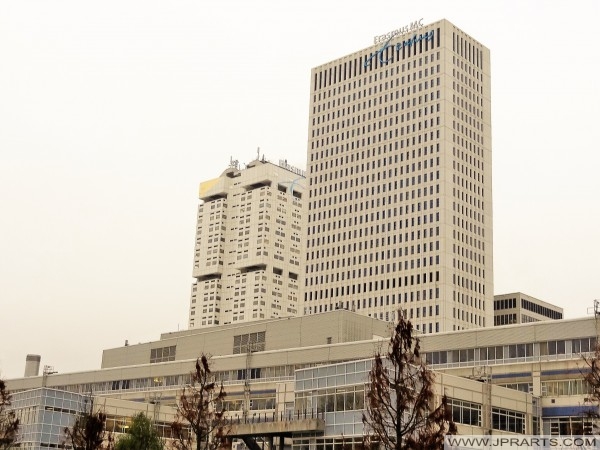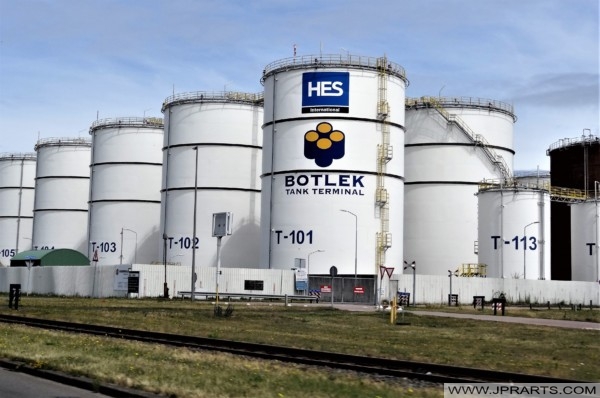Stadion Feijenoord more commonly known by its nickname De Kuip (the Tub), is a stadium in Rotterdam, the Netherlands, that was completed in 1937. The name is derived from the Feijenoord district in Rotterdam, and from the club with the same name (although the club’s name was internationalised to Feyenoord in 1973).
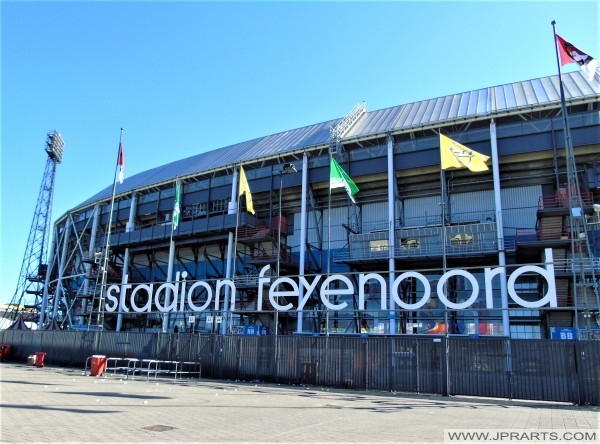
Stadium Feijenoord (De Kuip) in Rotterdam, The Netherlands
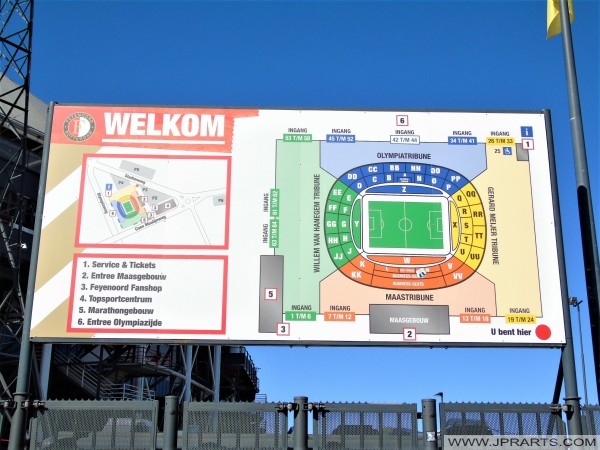
Stadion Feijenoord in Rotterdam, Niederlande
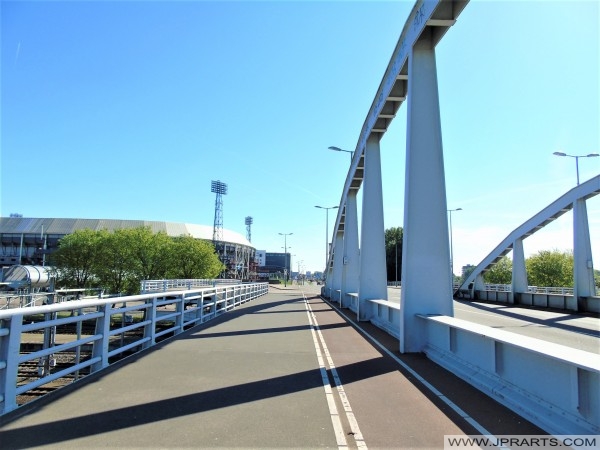
Estadio Feijenoord en Rotterdam, Países Bajos
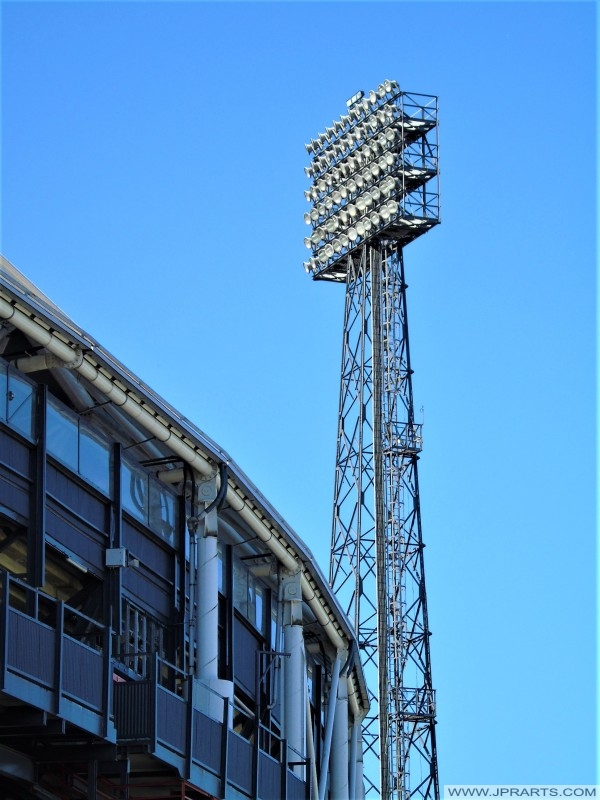
Feijenoord Stadion (De Kuip) in Rotterdam, Nederland
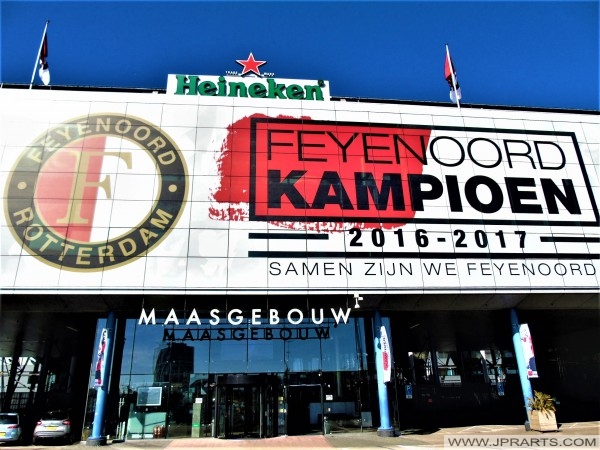
The stadium’s original capacity was 64.000. In 1949, it was expanded to 69.000, and in 1994 it was renovated again for a capacity of 51.117. In 1999, a significant amount of restoration and interior work took place at the stadium prior to its use as a venue in the UEFA Euro 2000 tournament, although capacity was largely unaffected.
Stade Feijenoord à Rotterdam, Pays-Bas
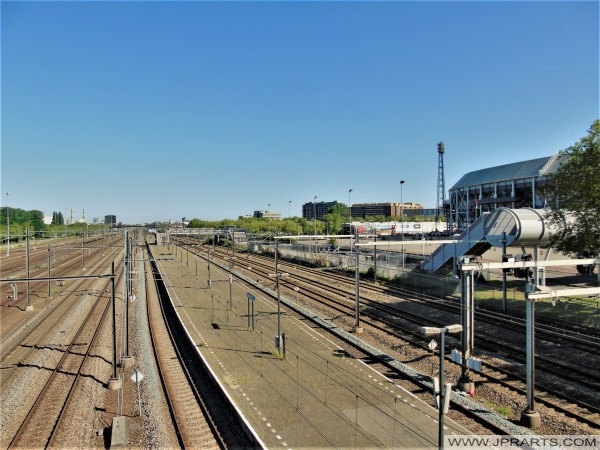
Stadionu Feijenoord w Rotterdam, Holandia
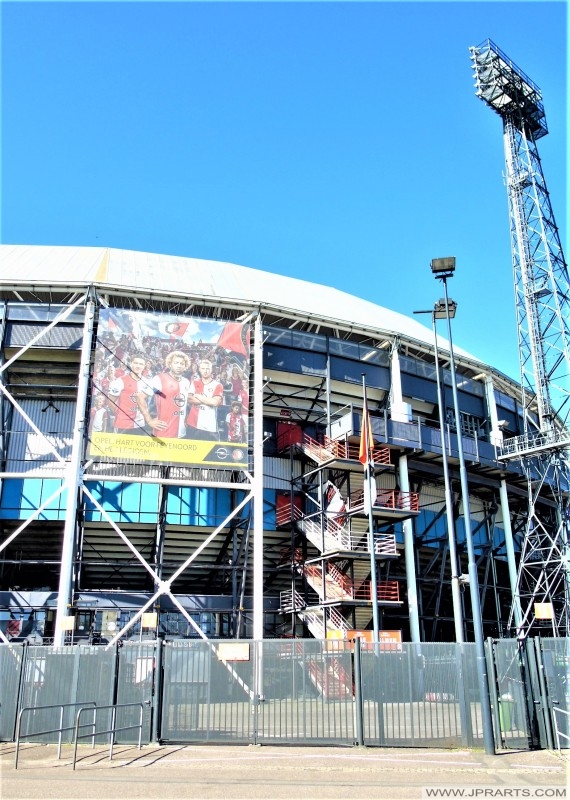
Leen van Zandvliet, Feyenoord’s president in the 1930s, came up with the idea of building an entirely new stadium. Johannes Brinkman and Leendert van der Vlugt, the famous designers of the Van Nelle factories in Rotterdam were asked to design a stadium out of glass, concrete and steel, cheap materials at that time. In fact, De Kuip acted as an example for many of the greatest stadia we know today, e.g. Camp Nou. The stadium was co-financed by the billionaire Daniël George van Beuningen, who made his fortune in World War I, exporting coal from Germany to Britain through neutral Netherlands. In World War II, the stadium was nearly torn down for scrap by German occupiers. After the war, the stadium’s capacity was expanded in 1949; stadium lights were added in 1958.
Stadyum Feijenoord in Rotterdam, Hollanda
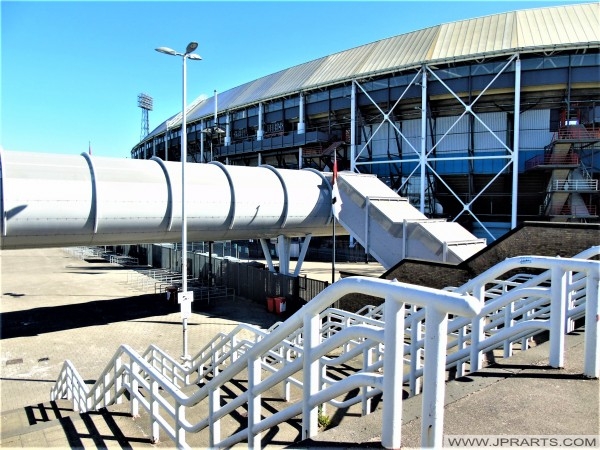
Estádio Feijenoord em Roterdão, Países Baixos
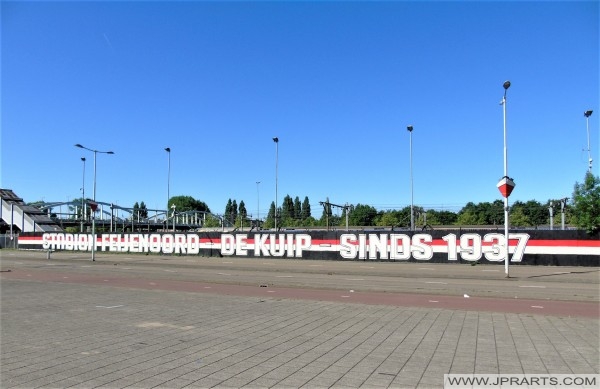
стадиона Фейеноорд в Роттердаме, Нидерланды
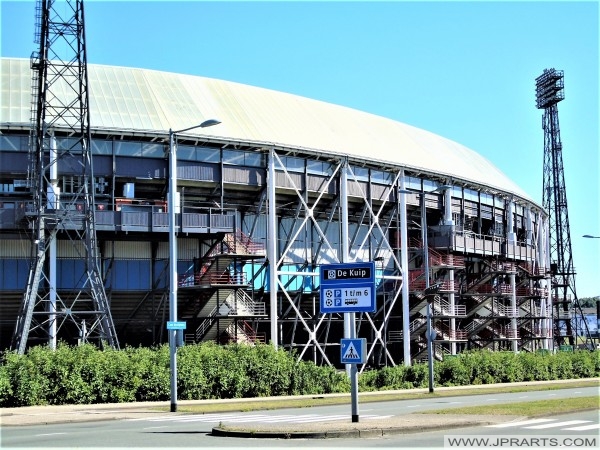
Stadion Feijenoord di Rotterdam, Belanda
Visit Travel Holland to Book Flights and Hotels Cheap Online
Visit Cheap Shopping to Order Books, Blu-rays & DVDs Online

